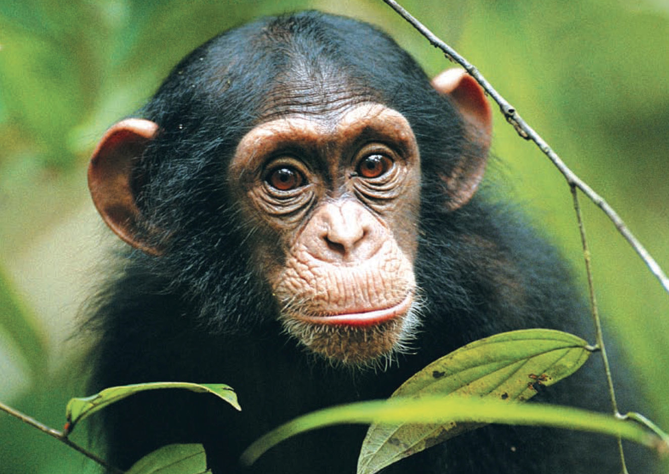

The phylogenetic tree from your analysis shows two separate clusters. One
contains SIV from chimpanzee (SIVCZ) together with the HIV1 sequences, while
the other contains SIV from sooty mangabey together with HIV2. This
indicates that HIV1 originated from one event where a virus was transmitted
from (presumably) chimpanzees to humans, while HIV2 originates from a second,
independent event where virus was transmitted from (presumably) sooty
mangabey to humans. The fact that viruses as deadly as HIV can suddenly appear
as a result of cross-species transmission obviously has rather serious implications.


In fact, several theories have been proposed for the origins of the AIDS virus in the human population; these have ranged from conspiracy theories, for example involving germ warfare research in laboratories, to explanations involving the contamination of vaccines with monkey virus. Early polio vaccines are known to have been contaminated with at least one monkey virus, SV40, and it has been proposed that a similar scenario could have occurred with HIV (Elswood and Stricker 1994). Other theories proposed include the direct inoculation of monkey blood in malaria studies (Gilks 1991), the use of monkey blood as an aphrodisiac in sexual practices (Noireau 1987), or even voodoo ritualism involving the use of sacrificial animal blood (Smallman-Raynor et al. 1992).
However, there is no need to invoke vaccination programs or unusual sexual practices to account for the transmission of SIV to humans. In many West African countries sooty mangabeys are hunted for food and kept as pets (Marx et al. 1991). Thus, scratches and bites of humans by monkeys or the exposure to monkey blood while preparing food is the most likely cause of transmission across the species-barrier.